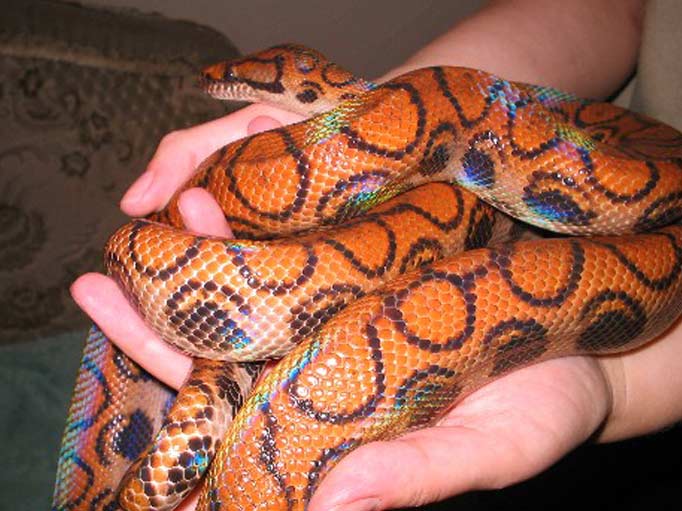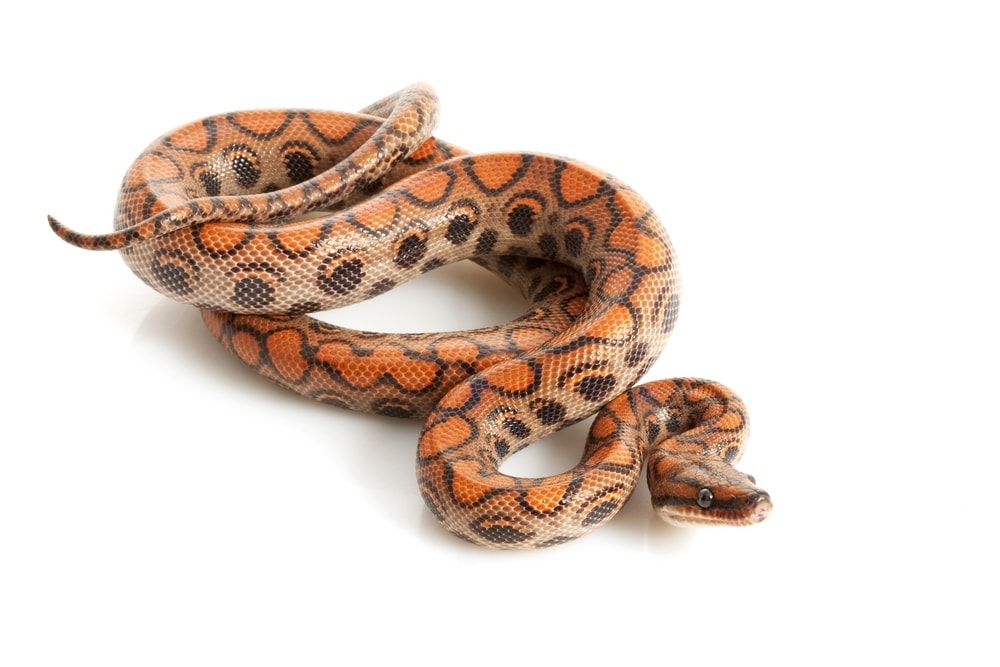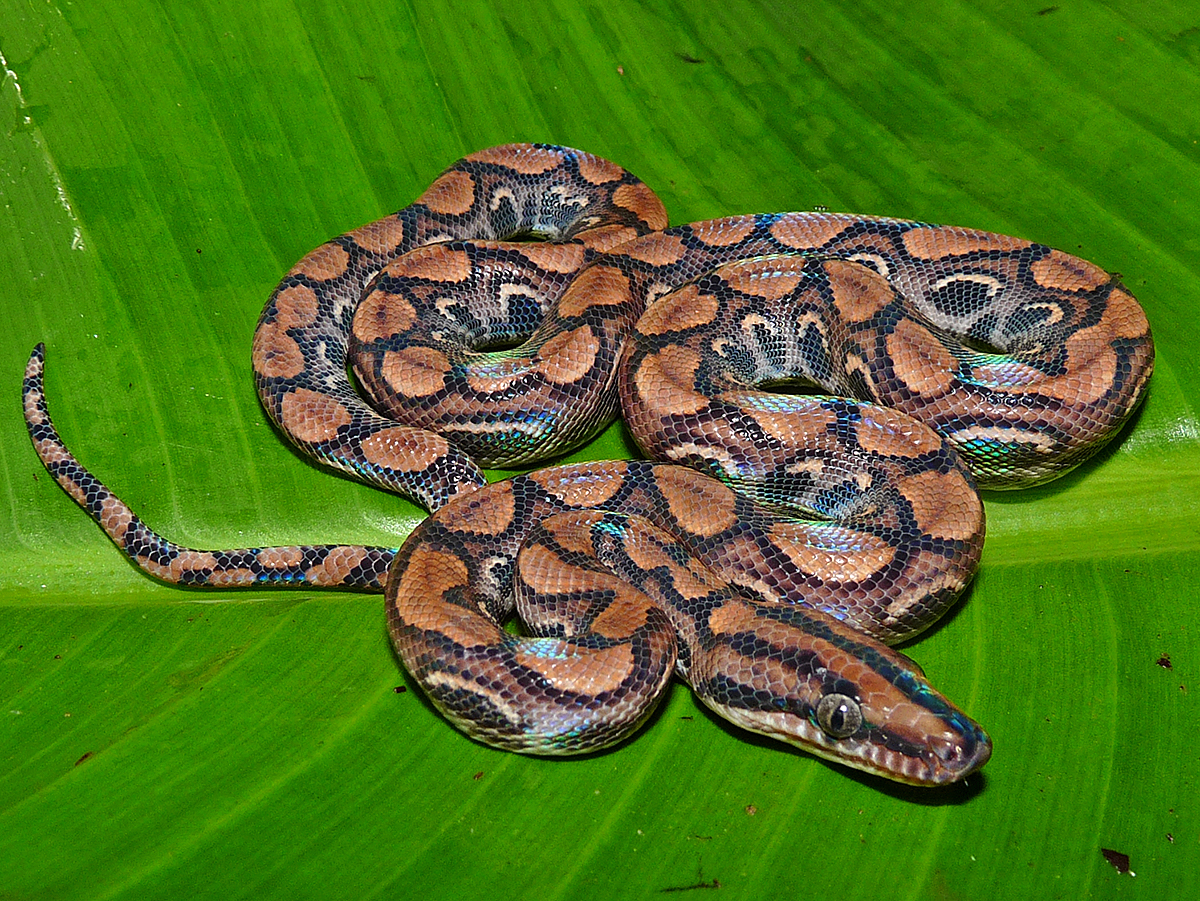
They’re also ovoviviparous, meaning females give birth to live young.įun Fact: Unlike mammals, the snake merely retains the eggs in her body, and they hatch before getting “born” as live young.Ĭonsidering that each female gives birth to between two and 35 live young, and the male breeds with multiple females, the snakes can produce a lot of babies every year. The Brazilian rainbow boa is a polygynous species in the wild, which means that one male lives and breeds with multiple females. These snakes aren’t significantly larger than common pets like ball pythons and other similar animals, which makes them easy for a beginner to handle. The average size for these snakes is five to six feet for males and four to five feet for females. Some of the largest rainbow boas on record reached lengths of nearly seven feet. While these snakes aren’t particularly large for constrictors, the males are significantly larger than the females. In the 1980s especially, hundreds of Brazilian rainbow boas were imported from Brazil for sale as pets. These snakes were first introduced to the pet trade in the late 1900s. These snakes are also commonly found in drainage areas and the humid woodland surrounding rivers and other watercourses in their distribution. Since the Brazilian rainbow boa is more terrestrial than other species in the genus, it’s not as attached to tree growth which is why it’s commonly found in open savannas. This mainly terrestrial species of boa’s native habitat is the humid forests and open savannas of the Amazon Basin, Suriname, Southern Venezuela, Guyana, and French Guiana. When the light reflects off the snake’s hide, it produces a rainbow-colored effect. The rainbow boa gets its name from a sheen on the snake’s surface scales. Brazilian Rainbow Boas Background Informationīrazilian rainbow boas, Epicrates cenchria, are one of five recognized species of rainbow boa. Want some more black snakes? Get to know the black ball python in this guide.

We’ll share all the basic info you need if you decide to get one of these animals (once you overcome the disappointment of not getting a boa-in-black). If you’d like to learn more about caring for rainbow boas, specifically the Brazilian rainbow boa, stick around. In some circles, the name black rainbow boa gets used for the Brazilian rainbow, even though it only has black rings. The species that people are referring to when they say “black rainbow boa” is probably the Brazilian rainbow boa. We may never know exactly what sparked the confusion around the black rainbow boa, but it’s almost certainly a case of mistaken identity. While these snakes finally adopt the yellowish coloration of the adults, it’s possible that someone thought they were a Brazilian rainbow. However, the Espirito Santo rainbow boa, Epicrates hygrophilus, starts as a black and white hatchling.

Almost all of them have large black rings. Most true rainbow boas are brown with a strong iridescent sheen. Anyone who has seen the beauty of a rainbow boa can only dream of this snake in black. Some hobbyists believe that people have fallen in love with snakes like MyLove to the point where they’re waiting for someone to produce a black rainbow boa. While there are several species of rainbow boas, none of them are black. People who are familiar with species like ball pythons and corn snakes might have assumed that rainbow boas also have a melanistic morph. There are many different morphs of Brazilian and Colombian rainbow boas. The snake in question, named MyLove, is a morph of the reticulated PYTHON, NOT a rainbow boa. Both have rainbow-like sheens, so it’s a logical guess. Some people believe that the confusion came from people who saw the snake and thought it was a type of rainbow boa. Recently, a beautiful black rainbow snake (not boa!) has been making headlines and generally taking the world by storm. No one knows where the confusion originates, but experts have a couple of theories:


Brazilian Rainbow Boas Background Information.


 0 kommentar(er)
0 kommentar(er)
